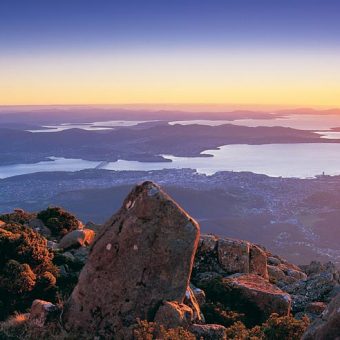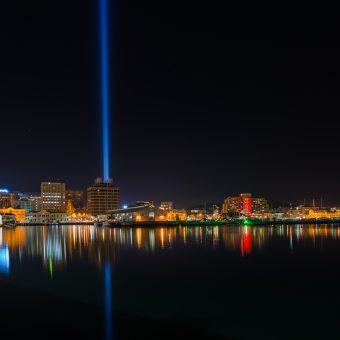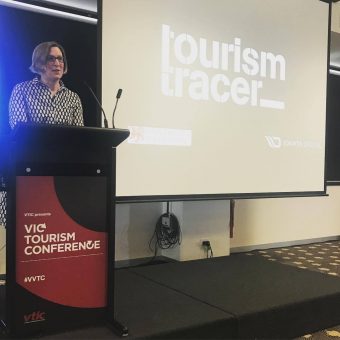Brady Robards
The Sensing Tourist Travel project is about collecting data on how tourists move around Tasmania. As our earlier posts have demonstrated, this has primarily been through GPS data and surveys. Of course, many tourists are already ’sensing’ and recording their own travel, and ‘generating data’ on their trips through social media. People post photos, ‘check-in’ at locations they visit, tag travelling companions and businesses, write comments, and describe their trip as they go. As part of this project, we wanted to get a sense of how tourists used social media when they travelled. We had the following key questions:
- What role does social media play in decision-making, before and during travel?
- How do tourists record and share their experiences of travel with their networks on social media?
- Does social media use change when people are away from home?
- How might social media figure into the way people reflect on and remember travel after they return home?
To answer these questions, in addition to some survey questions, we also interviewed 32 tourists from our wider cohort of 472 participants. Interviews were conducted on the phone when our participants were nearing the end of their trips or shortly after they had returned home. We recruited our interviewees initially at the recruitment sites (Launceston and Hobart Airports, and on the Spirit of Tasmania from Melbourne) and then organised the interview times via text message. Phone interviews went for 15 to 30 minutes. We then had the interviews transcribed, and now we are going through the transcripts to look for common (and perhaps not-so-common) themes.
We are only in the early stages of analysing around 100,000 words of qualitative data (over 700 pages of transcripts), but already we have identified some key themes that we will be exploring further:
- Social media is not just for young people! The average age of our interviewees was 46.7, and we had several participants in their 60s and 70s who were very active on social media, sharing their travel photos, checking in at destinations, and keeping their friends jealous with tales from Tasmania. This corresponds with wider research that shows the generational gap is dwindling when it comes to social media use.
- Social media has become a key site of recording, storing, and later reflecting on experiences of travel. Many of our participants spoke about how they would upload images at the end of each day, during down-times, or when they had returned home. These processes of selective uploading can be understood as times of reflection and sharing, akin to the old slideshow projector party.
- For our younger interviewees, a whole range of social media are being used to record, share, and reflect on experiences of travel. While Facebook was certainly the most dominant form of social media for almost all of our interviewees, younger participants also spoke about Instagram, Snapchat, and a range of messaging services. What made the cut for Facebook didn’t always make it to Instagram, whereas Snapchat was used to share (with a select few) everyday, banal experiences of travel.
- While our participants were not always active in writing reviews for places they visited (with a few key exceptions), many spoke about making use of review sites like TripAdvisor, WikiCamps, and Google reviews often via Google Maps. While not explicit, it’s also clear that just posting a photo or recording an experience of a place, a business, or an attraction can also come to serve as an indirect reference and a recommendation (or not) for friends.
We are still working our way through this very rich and detailed data, but clearly social media has become an important part of the travel experience. We look forward to writing more as we progress through the analysis.
Dr Brady Robards is a lecturer in sociology at the University of Tasmania. His research explores how young people use and thus produce social media, with a focus on reflexive identity-work. In the Sensing Tourist Travel project, Brady has led the social media component of the project supported by Research Associate Ben Lyall. For more on Brady’s research, see www.bradyrobards.com. Twitter: @bradyjay
Dr. Anne Hardy is a Senior Lecturer at the University of Tasmania and the Director of the Tourism Research and Education Network (TRENd). She is a specialist in tribal marketing, the drive tourism and recreational vehicle market and issues related to sustainability. Her research has been conducted both in Australia and overseas, including in Canada, the United Kingdom and New Zealand. Anne is particularly interested in collaborative research that forms two way linkages between the university and the broader tourism industry. For more on Anne’s research, see http://www.utas.edu.au/profiles/staff/management/anne-hardy Twitter: @DrAnneHardy1



